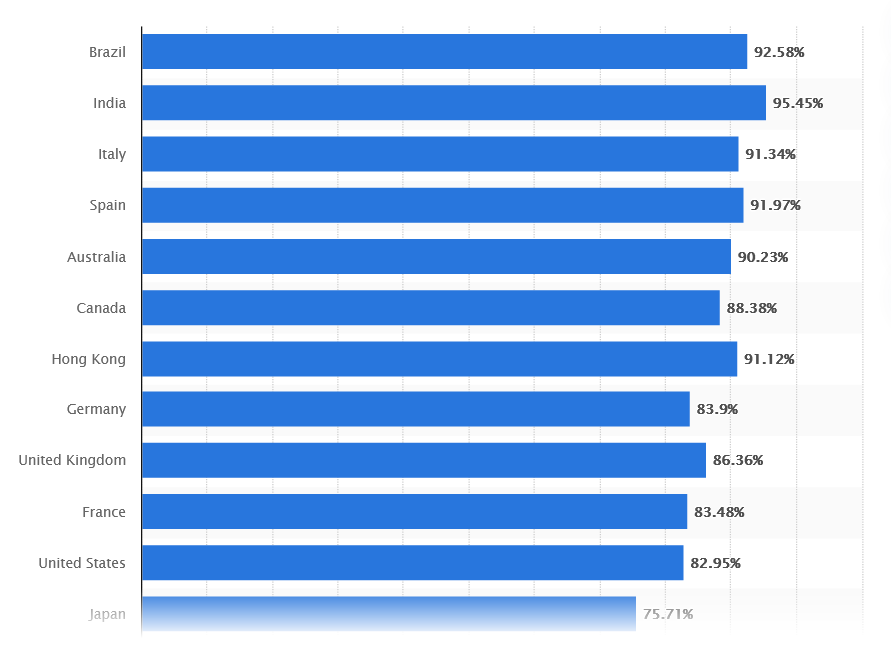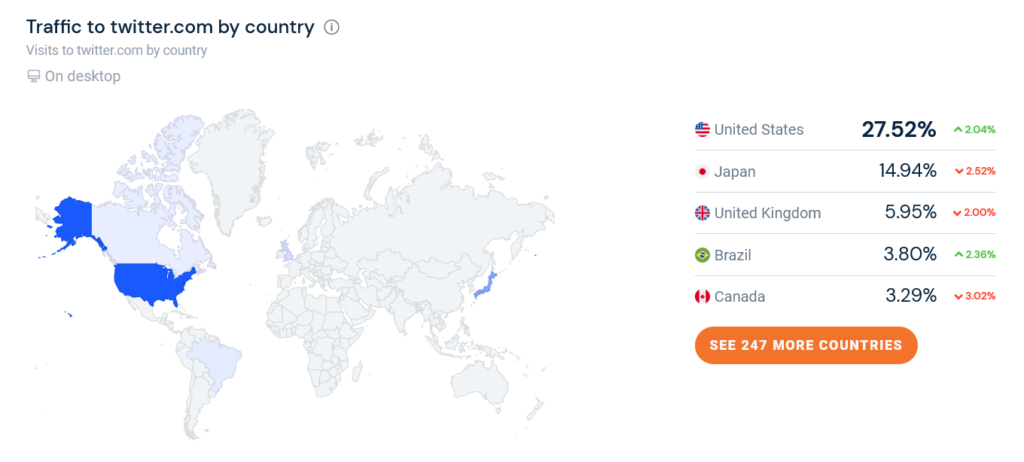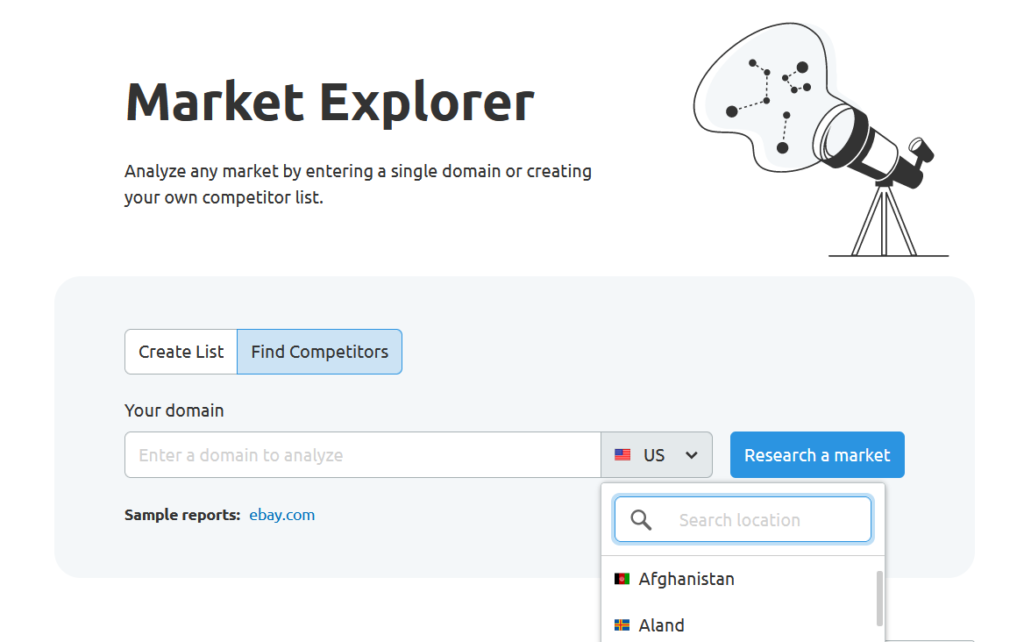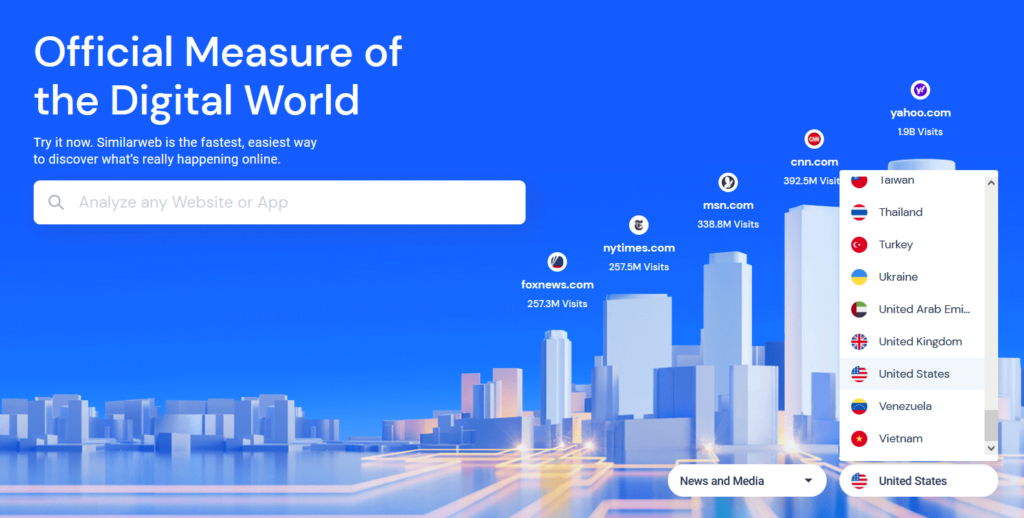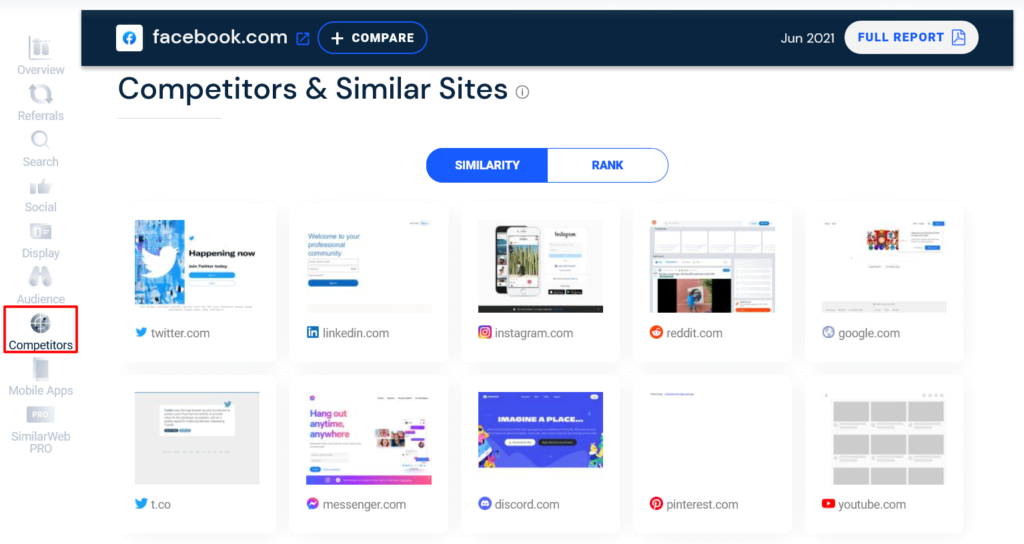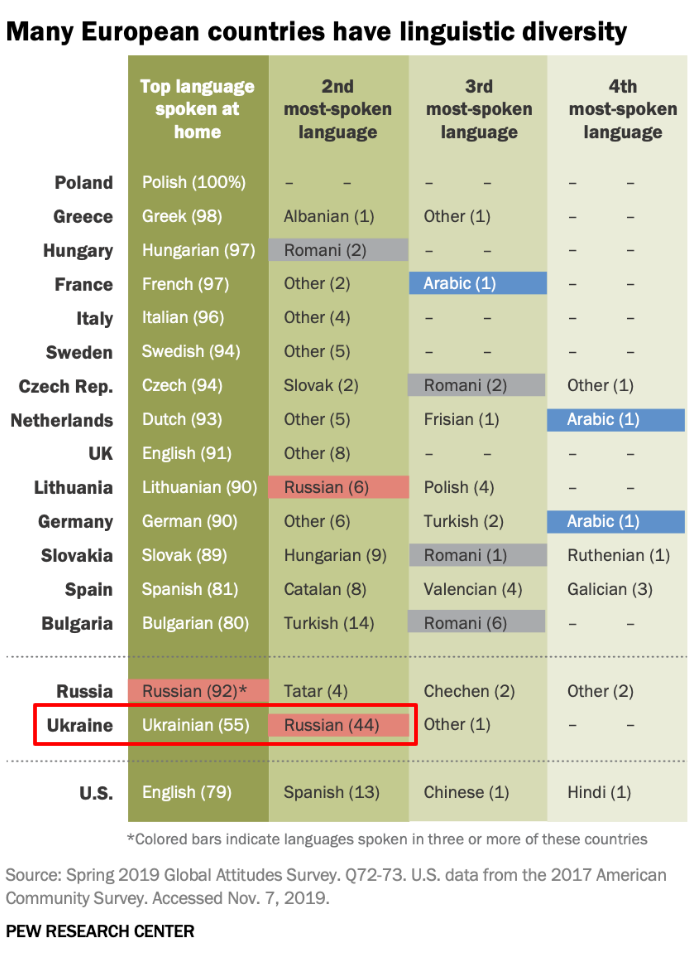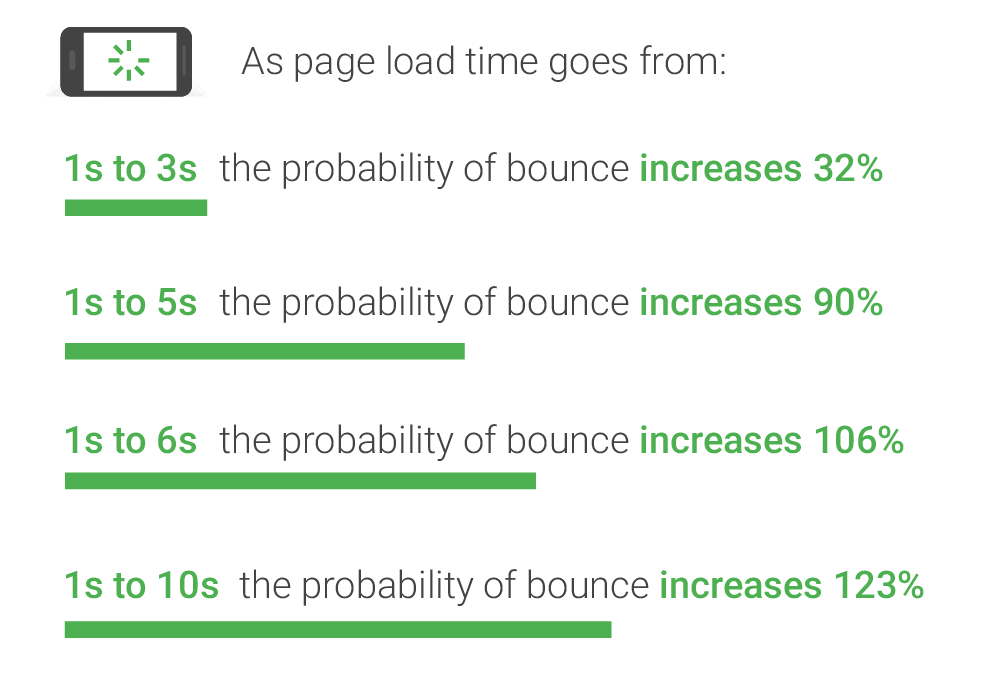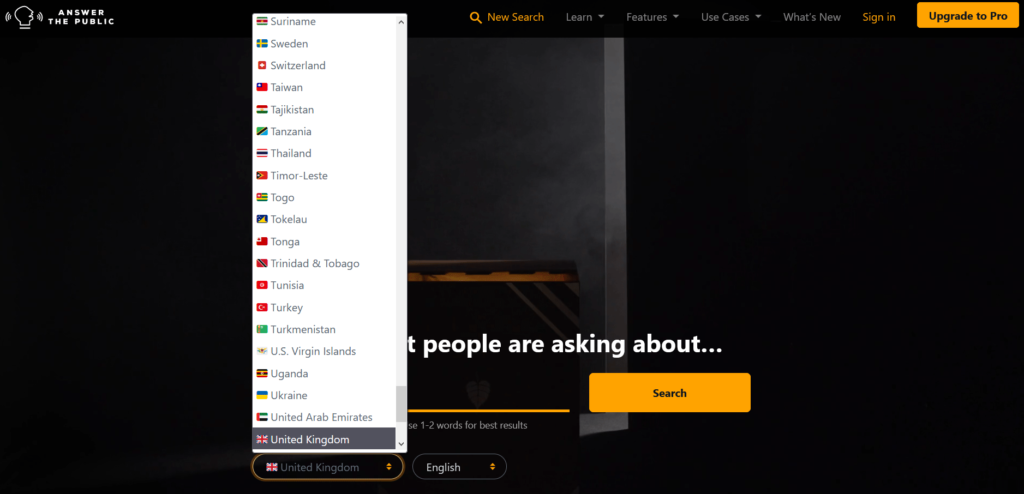When your SEO efforts are limited to just one country, it’s easy to start living in an SEO bubble. But the truth is that there is no one-size-fits-all approach to SEO, and targeting a different country requires adopting different strategies.
If you’re looking to take your website to foreign markets, use this international SEO checklist to prime your site for cross-border success.
How Does International SEO Work?
If you’re used to practicing SEO within your own country, then you’re probably only used to optimizing your content for people who speak one language and belong to one culture.
But once you move beyond your own country or region and start optimizing for people who speak other languages and/or belong to different cultures, then you’re practicing international SEO.
International SEO is about more than appealing to people who live in different countries, though. It’s also about telling search engines which location you’re targeting and which language your content is written in. This is true even if you’re optimizing for the same search engine — after all, Google is responsible for the majority of desktop search traffic in many different countries:
All in all, international SEO involves expanding your SEO horizons beyond the borders of your own country, catering to a new market and ensuring search engines understand exactly who your target audience is and where they live.
How Can I Improve My International SEO?
If you follow SEO news, then you know that there’s never a shortage of new algorithm updates and fresh strategies. When you move past the confines of your own country, figuring out which tactics to use becomes even more complex.
To help you cut through the noise and refine your international SEO strategy, we’ve compiled a checklist of the ten things you should do before taking your SEO efforts across the border.
1. Categorize Traffic by Country
The first step of any well-informed international SEO strategy is to figure out which countries are responsible for the most amount of traffic to your site.
You can easily do so with the help of Google Analytics (GA). In Google Analytics 4 (GA4), the version of GA introduced in late 2020, this is accomplished by viewing the card titled Where are your users visiting from? — there, you’ll see the number of users coming from the top seven countries. To see more details, click the View countries button on the bottom of the card.
Alternatively, you can use a free third-party tool such as Similarweb. Enter any site’s URL and you can see an overview of its traffic by country (who knew Twitter was so popular in Japan?):
Once you can see which countries are responsible for your site’s traffic, the sooner you’ll be able to determine which countries you should be targeting in your international SEO strategy.
2. Identify Cultural Differences
Let’s say you’ve analyzed your traffic and found one country other than your own that’s supplying your site with a significant amount of traffic. The next step is to identify any cultural differences between that country and your own.
For instance, if you live in the United States and find that 25 percent of your traffic is coming from Canada, then the cultural differences you uncover will likely be on the subtler side. It might be beneficial to know that Canadians have free healthcare and generally prefer hockey over baseball and football, but you probably won’t have to worry about any major differences.
On the other hand, if you live in the U.S. and find that 25 percent of your traffic is coming from Thailand, then you’ll have to conduct some serious research into the nuances of modern Thai culture.
3. Pinpoint Buying Habits
If your site is directly selling a product or service, you’ll also need to investigate the buying habits of the people who live in your target market. This can mean the difference between success and failure.
Case in point: Home Depot’s infamous flop in China, which many financial analysts blamed on the Atlanta-based company’s failure to properly research Chinese consumers’ wants and needs. As Home Depot learned the hard way, China’s rising middle class tended to live in city apartments rather than suburban homes, wanted to avoid DIY renovations and preferred to pay contractors to do their home projects for them.
In other words, everything that makes Home Depot appealing to American consumers missed the mark with Chinese shoppers.
The lesson? If you don’t do your due diligence and learn about the purchasing habits of the people who live in the country you’re planning on targeting, you may end up losing both time and money.
4. Identify Competitors
If the site you’re optimizing is at all established, then you’ve likely already gotten familiar with its main competitors. Doing so is an important part of any SEO campaign, whether you’re striving to increase a site’s authority or conducting competitor keyword research.
But what may not be apparent when embarking on an international SEO campaign is that you’ll need to suss out competitors specifically in the country you’re targeting too.
One of the easiest ways to do so is with the help of Semrush’s Market Explorer. There, you can enter the domain of the site you’re optimizing and select or search for your target location from the drop-down menu:
If you’re looking for a free alternative, Similarweb may once again fit the bill. First, go to Similarweb’s homepage and select your target country from the lower right-hand menu:
Then enter the site’s URL and in the resulting report click Competitors in the left-hand menu to see a list of similar sites:
Once you’ve discovered which competitors are most relevant to your site, you can start researching their tactics, strengths and weaknesses to help inform your international SEO strategy.
5. Choose the Right Language
If you’re going to implement an SEO strategy in a country that primarily speaks a language other than your own, it’s important to plan your next steps carefully.
To illustrate why, let’s take a look at a Pew Research Center study of linguistic diversity in several European countries.
In all of the countries surveyed, the nation’s official language is the one most people speak at home with their families. But in some, a significant percentage of people speak other languages at home. One of the best examples is Ukraine — there, 55 percent of people speak Ukrainian at home, while a whopping 44 percent speak Russian instead:
Similarly, although 80 percent of Bulgaria residents speak Bulgarian at home, 14 percent speak Turkish and six percent speak Romani.
The takeaway here is that you should never assume that you know what language the people in any country speak. Depending on the specific group of consumers you’re targeting with your SEO efforts, you may need to translate your content into a language other than their country’s official one.
And when it’s time to start translating your site’s content to your chosen language, also keep in mind that it’s always better to invest in high-quality translation performed by native speakers than to rely on automatic translation software.
6. Use Hreflang
The hreflang HTML attribute is used to tell Google which language a page is targeting. You can also use it to define which country a page is targeting, though doing so is optional.
Unlike many other HTML attributes, hreflang can be quite visible to users. That’s because it can be added right at the end of a page’s URL. For instance, on the Italian version of Apple’s site, the URL is appended with the language code it:
To indicate region, the page’s URL would need to be appended with a country code. For example, the URL apple.com/it-ch would signal that it’s intended for Italian speakers in Switzerland specifically. (Note that code placement may vary depending on the site’s URL structure — more on that below). The hreflang tag can also be added in more subtle places, such as HTML headers or sitemaps.
Fortunately, figuring out which language and country codes to use in your hreflang attributes is a straightforward process. For language codes, refer to the list of ISO 639-1 codes. For country codes, use ISO 3166-1 Alpha-2 codes.
Want to get into the nuts and bolts of hreflang implementation? Ahrefs’ guide on the topic is a useful place to start.
7. Select a URL Structure
As Google explains in its advanced SEO documentation, there are several URL structures to choose from when targeting a different language or country:
- Country-code top-level domains (ccTLDs), i.e. www.example.it.
- Subdomains with generic top-level domains (gTLDs), i.e. www.it.example.com.
- Subdirectories with gTLDs, i.e. www.example.com/it/ (as seen in the Apple example above).
- URL parameters, i.e. www.example.com?loc=it (not recommended by Google as of August 2021).
With the exception of URL parameters, each option has its own unique set of advantages and disadvantages. For instance, ccTLDs are easily recognizable and allow for clear site separation, but they have limited availability and may be subject to strict requirements.
To decide which one is best for you, take a look at Google’s documentation and read through the pros and cons of each.
8. Host Locally
When developing an international SEO strategy, page speed may not be the first thing that comes to mind. And yet, fast loading times are just as crucial in other countries as they are in your own.
This isn’t just because of search engine algorithms—as data from Google shows, real users are 123 percent more likely to leave a page when its load time increases from one second to ten seconds:
When you’re optimizing a site for a foriegn country, one of the best ways you can permanently increase page speed and avoid losing visitors is to host your site on servers that are in (or at least near) the target country.
So before you can call your international SEO campaign complete, you need to research local web hosting providers and choose the one that’s best for you and fastest for users.
9. Perform Proper Keyword Research
If you’ve already taken the time to conduct in-depth keyword research for your own region’s market, then it’s easy to forget that keywords can vary greatly from country to country.
Luckily, many of the best free keyword research tools allow you to easily switch between countries.
On AnswerThePublic, for example, you can refine your search by both country and language:
With resources like that at your fingertips, you’ll never be left wondering whether your targeted keywords are on point or miss the mark.
10. Build Local Links
Finally, don’t forget that you can’t rely on the links you’ve already built in your own country — you’ll also need to practice link building specifically for your target country’s market. That’s because search engines and people are more likely to see and value backlinks from domestic sites.
To get local links that will truly make a difference in your search rankings, be sure to:
- build relationships with local industry journalists and influencers;
- get active on social media;
- create original, shareable content;
- prioritize high-quality links over bad links; and
- replicate your competitors’ backlinks.
Master International SEO to Go Global
Whether you’re planning on optimizing your site for one nearby country or gearing up for a worldwide SEO campaign, it’s critical to prepare with a comprehensive international SEO checklist.
Once you’ve mastered the fundamentals of international SEO, you’ll be able to take your site across borders (and to the top of the SERPs).
Image credits
Screenshots by author / August 2021
Pew Research Center / January 2020
Think with Google / February 2018

